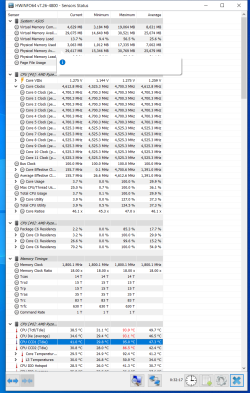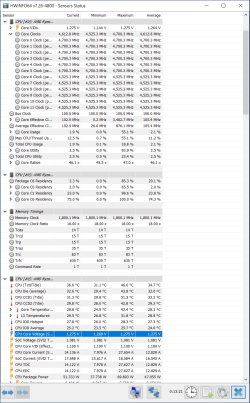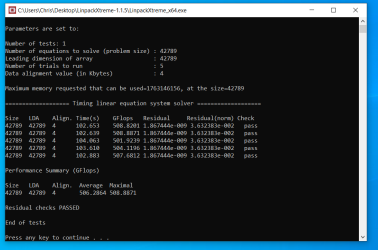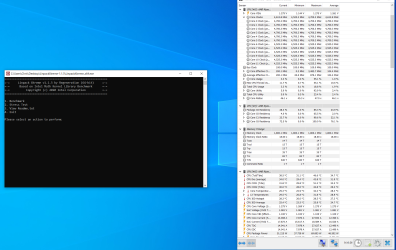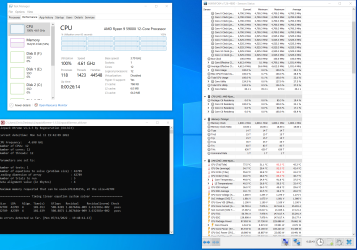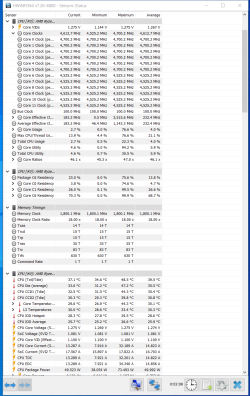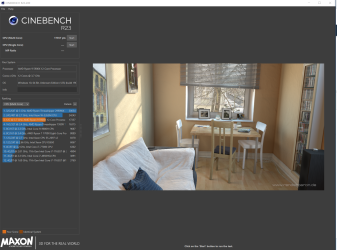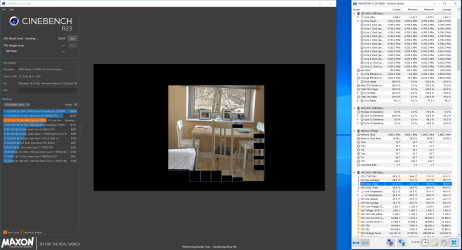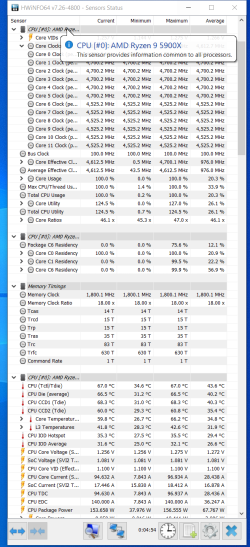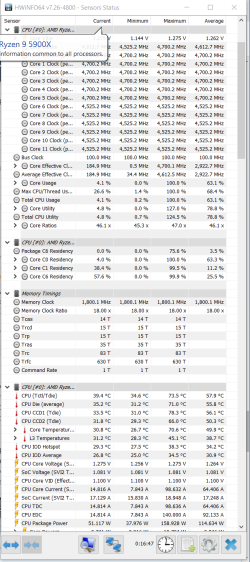It's truly fascinating to read this thread. Someone wanting - well, nearly demanding! - massive clock speeds, high IPC, high core counts - all set at high but ultimately arbitrary levels - but none of the newer technologies that make something like this possible like dynamic clock scaling and boosting, dynamic voltage control, efficient SMT, etc. It has to be 2025 performance with 2005 technologies!
Seriously, OP, the best you can get out of this is a readjustment of your views of this tech.
- SMT is purely positive, as it allows for better utilization of the capabilities of each core rather than having large parts of it sit idle at all times. Hence the 25% (Intel) - 50% (AMD) performance increase it brings with it. Your idea that it is bad or "fake" is just plain stupid.
- You also need to get rid of the idea that idle downclocking and dynamic clock scaling is bad. This saves power and prolongs the lifespan of your hardware while having zero negative effects on performance. Arguably it improves performance by having the chip run cooler when not heavily utilized, and by not exposing it to high voltages constantly, allowing it to boost higher for longer when needed.
- Fixed voltage and fixed clock OC is dead, particularly on AMD platforms (Intel is still a ways behind here, but will inevitably arrive at the same place). With the introduction of Curve Optimizer, we now have dynamic and responsive systems to adjust clocks and voltages to extract peak performance at any given time. As long as these systems are competently built, they will always outperform a static OC, as a static OC either leaves performance on the table in lighter workloads or is unstable under heavier workloads. Dynamic voltage and boost control allows for higher clocks in lighter workloads, while maintaining stability in heavier ones. It's a win-win situation. No static configuration will ever be superior to a well built dynamic one.
- Currently, and especially in the future as the Windows scheduler improves, E cores are a huge benefit, providing four decent performance cores in the same die area that would otherwise give you just a single P core. In any MT load, that is a net benefit as long as you have enough P cores - and 8 are plenty.
- The number of consumer workloads that benefit meaningfully from >8 full power cores is very, very low - and those that do often benefit more from the extra cores from 4 E cores than the two from a P core. This is always a moving target, but isn't likely to meaningfully change in the next half decade. Remember, it's just a few years since MSDT CPUs topped out at 4c, and not all workloads parallellize well.
- You demand future proofing, yet set arbitrarily unrealistic targets for this to be fulfilled. How, exactly, will an 8% clock increase make a CPU meaningfully more future proof? Even if CPU performance increases over the next decade are much lower than in the past decade - which is likely - that 8% difference is tiny. Almost no workload scales linearly with clock speeds, and you're not accounting for a single other variable. Please try to consider where your desires are coming from and what motivates them. Why is 4.7GHz unacceptable, but 5 acceptable? With this level of arbitraryness, you'll never be pleased.
- And last but not least: While I fully understand the desire to have "the best" PC, the level to which you are pushing this idea (and mixing this with thoughts of future proofing) indicates that you'll never be happy with what you get, no matter what. There'll always be something newer, better, faster, and you'll never be happy with the degree of future proofing you get. The solution? Take a breath, and consider whether what you're asking for is actually reasonable or possible, or if you're caught in a spiral of always wanting more. From the outside, from reading this thread, it really sounds like the latter. And that just isn't healthy.







